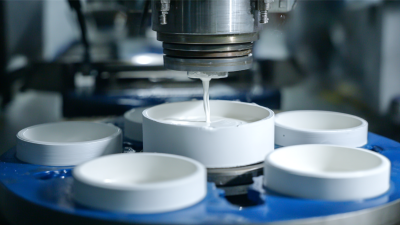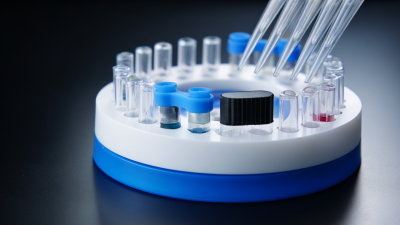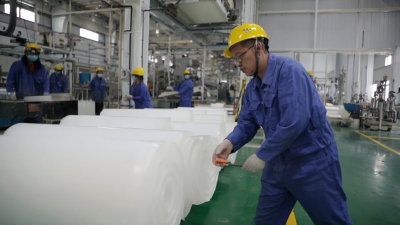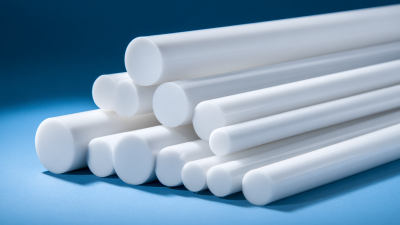In the realm of high-performance industries, the utilization of
PTFE crucibles has emerged as a
transformative solution, offering unparalleled advantages in chemical
resistance and thermal stability. According to a
recent report by MarketsandMarkets, the global crucible market is projected to reach
$1.3 billion by 2025, with PTFE crucibles gaining a significant share due to their
versatility and durability.
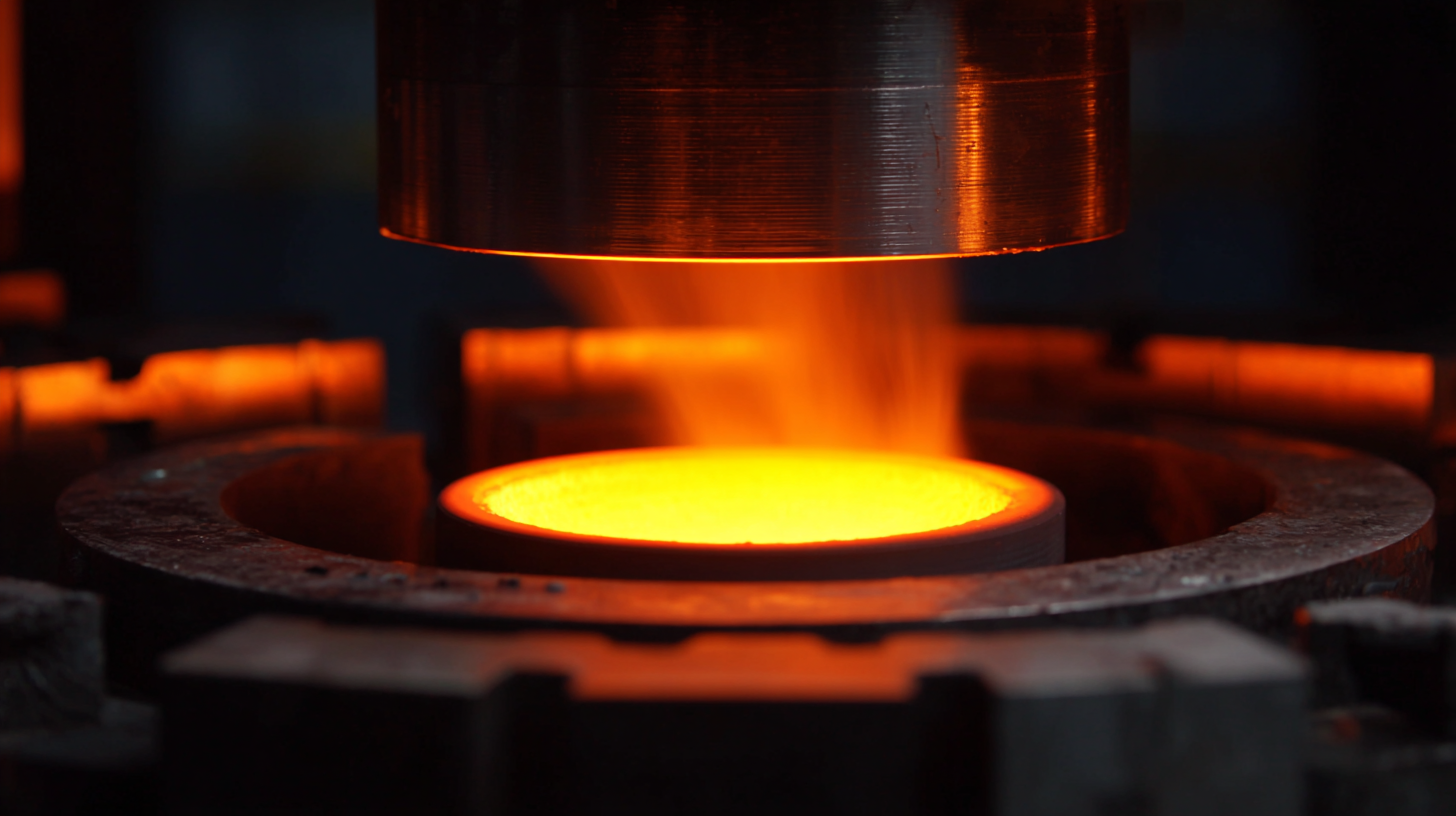 These crucibles are particularly valuable in sectors such as pharmaceuticals,
laboratories, and semiconductor manufacturing, where precise material handling is critical. The inherent properties
of PTFE, including a non-stick surface and exceptional
temperature resistance, enable industries to improve efficiency and reliability
in their processes.
These crucibles are particularly valuable in sectors such as pharmaceuticals,
laboratories, and semiconductor manufacturing, where precise material handling is critical. The inherent properties
of PTFE, including a non-stick surface and exceptional
temperature resistance, enable industries to improve efficiency and reliability
in their processes.
As companies seek innovative materials to
withstand rigorous operational conditions, the role of PTFE crucibles cannot be overstated, positioning them at
the forefront of modern industrial applications.
Polytetrafluoroethylene (PTFE) crucibles are redefining standards in high-performance industries due to their remarkable properties. Renowned for their exceptional chemical resistance, PTFE crucibles can withstand aggressive solvents and acids, making them indispensable in sectors such as pharmaceuticals and chemicals. According to a recent report by Grand View Research, the global PTFE market is expected to reach $10.7 billion by 2027, driven by the growing demand for non-reactive materials in laboratory and industrial applications. This surge highlights the critical role PTFE crucibles play in ensuring accurate results and safety in high-stakes environments.
Tips: When selecting PTFE crucibles, consider their temperature resistance, which can exceed 260°C. This makes them suitable for a variety of thermal processes without compromising material integrity. Additionally, ensure compatibility with the specific chemicals involved in your application, as improper usage can lead to incompatible reactions.
Moreover, the low-friction surface of PTFE crucibles facilitates easier removal of contents, which enhances productivity in processes like material synthesis and waste management. A 2022 study published in the Journal of Industrial Chemistry emphasized that the use of PTFE in crucible applications can increase throughput by up to 30%, significantly benefiting industries where precision and time efficiency are paramount. Implementing PTFE crucibles can thus lead to enhanced operational performance and reduced downtime.
PTFE crucibles have emerged as a game-changer for industries requiring high-temperature processes. One of the most significant advantages of PTFE is its exceptional chemical resistance, enabling it to withstand harsh environments without degradation. This property allows for prolonged use in applications involving corrosive substances, reducing the frequency of equipment replacement and maintenance. Additionally, PTFE has a high thermal stability, capable of performing well at temperatures up to 260°C, making it ideal for precision tasks in laboratories and manufacturing settings.
When using PTFE crucibles, consider these tips to maximize their potential: ensure that the crucibles are clean and dry before use to avoid contamination, and always consult the manufacturer's temperature guidelines to prevent thermal shock. Furthermore, pairing PTFE crucibles with appropriate thermal insulation can enhance energy efficiency during high-heat applications. By following these suggestions, businesses can optimize their processes and leverage the unique benefits of PTFE in demanding environments, ultimately boosting performance and efficiency.
| Feature | Advantage | Application |
|---|---|---|
| Temperature Resistance | Withstands high temperatures up to 260°C without degrading. | Used in material synthesis and chemical analysis. |
| Chemical Inertness | Resistant to a wide variety of chemicals. | Ideal for applications in pharmaceuticals and reagents. |
| Low Friction | Reduces wear and improves process efficiency. | Applicable in automated systems and machinery components. |
| Non-stick Surface | Minimizes product adhesion for easier cleaning. | Used in thermal analysis and material processing. |
| Lightweight | Easier handling during experiments and processes. | Applied in laboratory environments and field testing. |
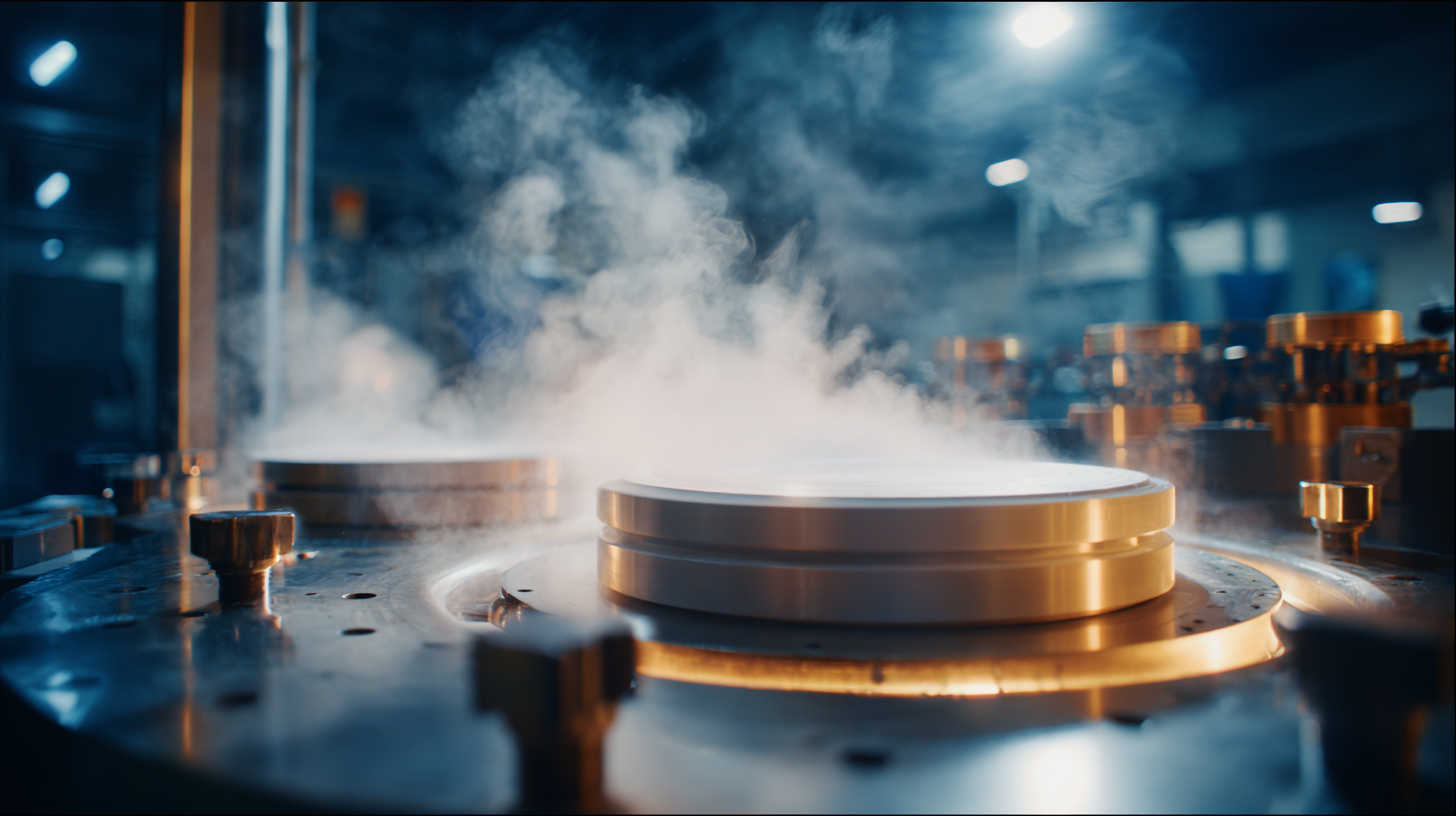 When selecting a PTFE crucible for high-performance applications, the first step is to assess your specific needs. Consider the temperature resistance required for your processes, as PTFE can withstand extreme heat while maintaining its integrity. Additionally, think about the chemical compatibility of the materials you will be working with. PTFE is known for its excellent resistance to corrosive substances, making it an ideal choice in industries such as pharmaceuticals, electronics, and materials testing.
When selecting a PTFE crucible for high-performance applications, the first step is to assess your specific needs. Consider the temperature resistance required for your processes, as PTFE can withstand extreme heat while maintaining its integrity. Additionally, think about the chemical compatibility of the materials you will be working with. PTFE is known for its excellent resistance to corrosive substances, making it an ideal choice in industries such as pharmaceuticals, electronics, and materials testing.
Next, evaluate the size and shape of the crucible. Ensure that the dimensions are suitable for your experiments or production needs. Custom sizes may be available, so don’t hesitate to consult manufacturers for specific requirements. Lastly, consider the manufacturing quality and supplier reliability. A reputable supplier will offer not only high-quality crucibles but also guidance on optimal usage and maintenance, ensuring that you fully leverage the capabilities of PTFE in your applications. By following these steps, you can confidently choose the right PTFE crucible to enhance your operational efficiency and results.
PTFE crucibles are widely recognized for their exceptional chemical resistance and thermal stability, making them indispensable in high-performance industries such as pharmaceuticals and materials testing. However, to ensure these crucibles deliver peak performance and longevity, proper maintenance is critical. According to the International Journal of Advanced Manufacturing Technology, using properly maintained PTFE components can enhance performance by up to 30%, reflecting the importance of care and handling.
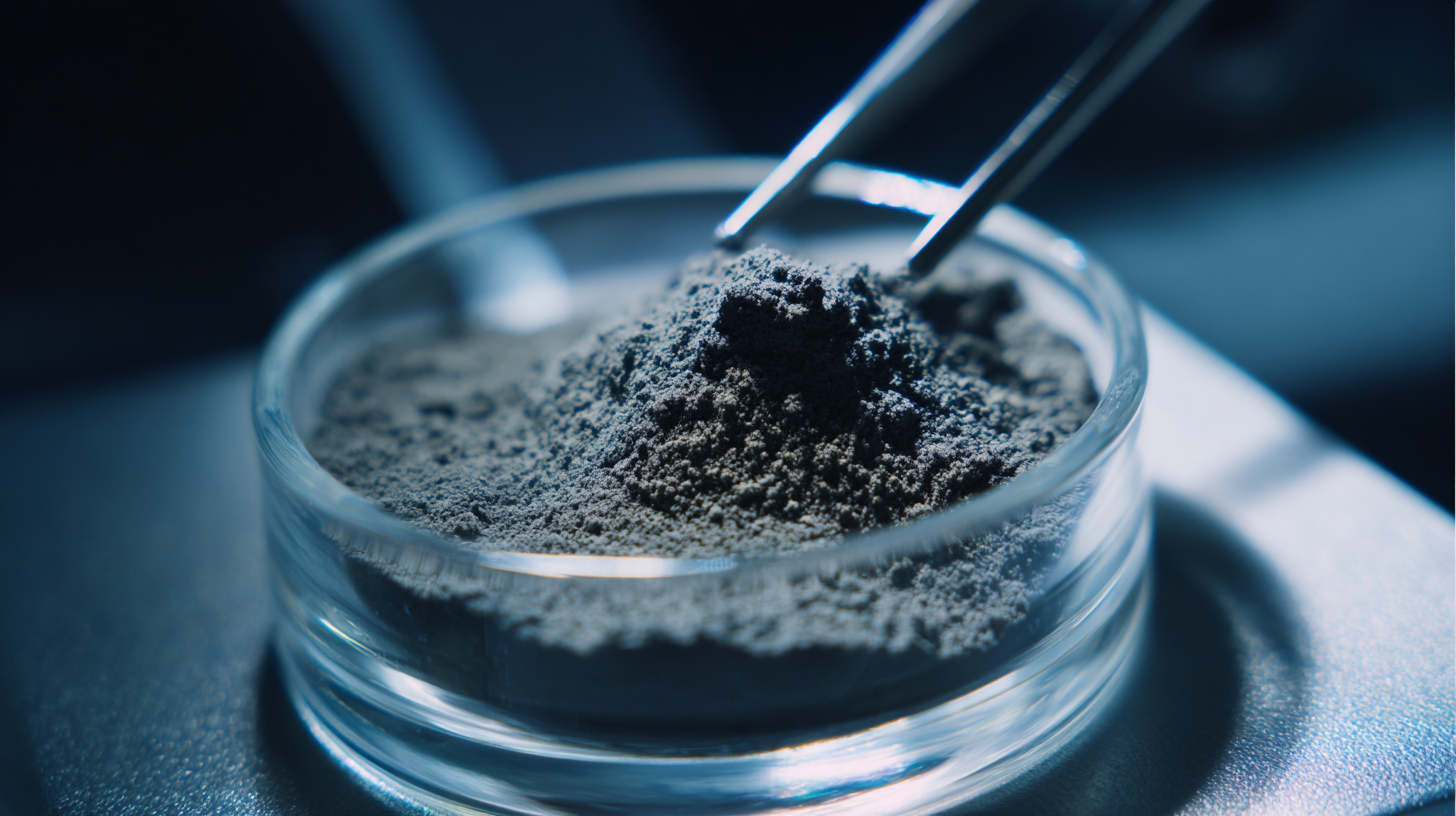
To maximize the lifespan of PTFE crucibles, consider the following tips: First, always avoid direct contact with high-speed or abrasive tools that can scratch the surface and compromise its integrity. Instead, use non-abrasive cleaning solutions and soft cloths when cleaning. Second, store crucibles in a cool, dry environment to prevent deformation caused by extreme heat or moisture exposure. Third, regularly inspect crucibles for signs of wear or chemical corrosion, as early detection can prevent larger failures and costly replacements.
By adhering to these maintenance tips, users can significantly extend the lifespan of PTFE crucibles, ensuring optimal performance in demanding applications. Statistical reports from the American Society for Testing and Materials highlight that proper maintenance can lead to a reduction in operational failures by 25%, illustrating the critical need for these practices in high-stakes industries.
PTFE crucibles have demonstrated significant promise across various high-performance industries, attributed to their unique properties such as
chemical resistance and non-stick characteristics. In recent applications, PTFE coatings have been shown to mitigate fouling in heat exchangers, enhancing operational stability and reducing maintenance costs. This has been particularly beneficial in chemical industries where corrosive environments are prevalent, indicating the pivotal role of PTFE in developing durable and effective surface coatings.
Furthermore, the use of PTFE in the production of polymer-based bearings has emerged as a game changer, providing reliable alternatives to traditional materials. Case studies reveal that these bearings are not only effective in reducing friction but also offer enhanced resistance to wear and corrosion, which is paramount in demanding industrial settings. The advancement of PTFE technology, evidenced by innovative applications like self-lubricating coatings and dry battery electrodes, showcases its versatility. As industries continue to explore sustainable and high-performance materials, the role of PTFE crucibles is poised to expand significantly, supporting advancements across various sectors.
